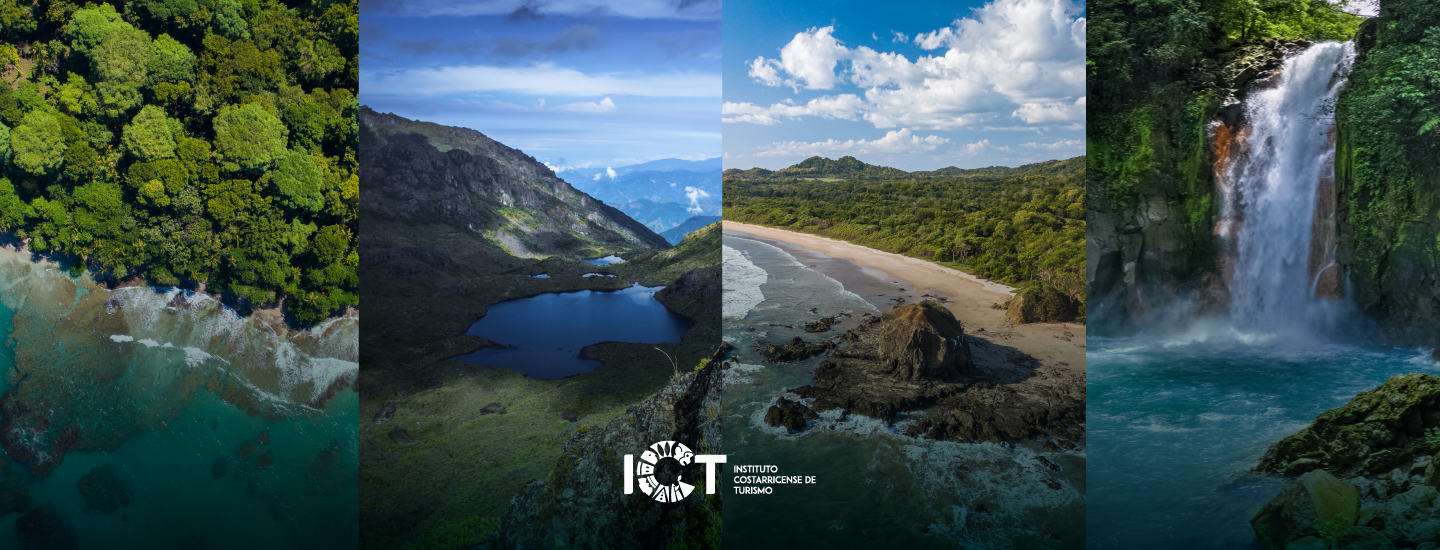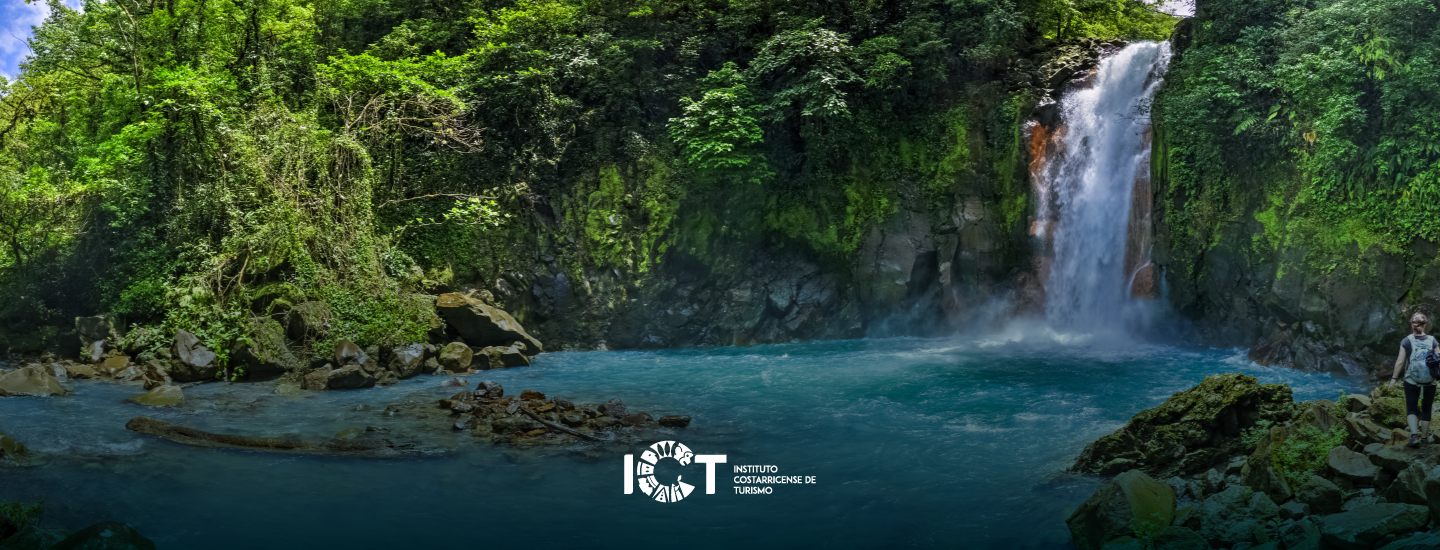Jacó is Costa Rica’s first accessible beach
- A 63-meter boardwalk made from recycled plastic beams was opened in Madrigales Sector of Playa Jacó.
- The Garabito Municipality officially launched its Jacó Accesible strategy on the occasion of Zero Discrimination Day
With an accessible tourism strategy, the official opening of a 63-meter boardwalk made from recycled plastic boards with access to the sea for wheelchairs, Jacó has become the first beach in Central America with universal access. The move was brought about by a series of ideal conditions and teamwork between public and private institutions.
This official announcement occurred on the occasion of Zero Discrimination Day and challenges other beaches and tourist destinations to follow its example. To provide some facts and figures, the boardwalk was made from a collection of 420,000 plastic lids made from plastic number 5 (weighing 840 kg), along with 521 kg of bags made from plastic number 4, for a total of 1,361 kg of recycled plastic. This sustainable effort was made possible by the active participation of thousands of Costa Ricans who helped Proyecto Dona Tapa come alive over a period of more than 7 months.
The organizations responsible for the initiative and their strategic partners assembled for an emotional ceremony in Madrigales Sector of Playa Jacó. These organizations included the Garabito Municipality, the Costa Rican Tourism Board (ICT) the Chamber of Tourism and Sustainable Commerce of the Central Pacific, the Costa Rican Network for Accessible Tourism, Dona Tapa, the Costa Rican Federation of Surf, the Adapted Surfing Association of Costa Rica, the Lifeguards of the Municipality of Garabito and the National Commission of Persons with Disabilities (CONAPDIS). The demonstration by the National Adapted Surf Team, who inaugurated the boardwalk and used the amphibious wheelchairs, was a particular highlight.
At this point, you may have a few questions, which we’ll do our best to answer: What is an accessible beach? What are its characteristics? According to information from the Municipality of Garabito, a beach that can be considered 100% accessible must allow for the enjoyment of the entire population and have reserved parking for persons with disabilities, nearby accessible public transportation, access ramps connected to boardwalks, as well as boardwalks that reach to the edge of the water. This is combined with the presence of trained support personnel, accessible restrooms, changing rooms and showers, umbrellas or shaded areas, amphibious wheelchairs or crutches and flotation devices, buoys to indicate the swimming area for greater safety, mobile lifts or assistance systems for transfers, visual and sound devices for persons with sensory disabilities, and the option to practice aquatic sports.
“For the Municipality of Garabito, this new start sets out our commitment in this canton to improve the local infrastructure options with a universal vision. Our infrastructure must be adapted for use by persons with disabilities. We are proud to officially inaugurate the Jacó Accesible project in the Playa Madrigales sector, by including all of the elements and conditions to be the first accessible beach in Costa Rica and Central America”, said Tobías Murillo, Mayor of Garabito.
Sustainable efforts
Stephanie Sheehy, one of the proponents of the initiative and President of the Costa Rican Network for Accessible Tourism, said that she was very proud to officially inaugurate the first of many such boardwalks in the future. She created the Dona Tapa social responsibility program, which seeks to create accessible beach boardwalks made from plastic beams. According to the network’s information, 15% of the world’s population has some kind of disability, 22% of whom are senior citizens. These figures support the development and expansion of these kind of projects. “We are working for the right of all people with some form of disability to enjoy the full right to be tourists and to make use of tourism products and services. This includes having a choice of destinations, lodging, transportation and visits to natural and cultural spaces”, Sheehy elaborated.
The expert finished by indicating that the National Council of Persons with Disabilities
(CONDAPIS) had signed the Declaration for Accessible Tourism for all in Latin America and the
Caribbean, which created the Accessible Tourism Network, whose mission was to position Costa Rica as an accessible destination for all.
Alberto López, ICT Manager, said that sustainable tourism must be accessible for all populations. “Social tourism contains the concept of human sustainability as one of its fundamental pillars. It takes human beings as its basis, their essential care and respect for particular physical attributes and ways of being. It is without prejudice on the basis of gender, race, citizenship, social position, ability and lifestyle”, he concluded. He also highlighted Jacó as an example that should be repeated throughout the South Pacific and in other beaches and tourist regions of the country.
According to the ICT, 68% of tourists visiting the country over the period of 2013-2017 engaged in sun and beach activities. Playa Jacó is one of the main attractions of the Central Pacific and is one of the preferred destinations of Costa Ricans and foreigners thanks to its proximity to the capital and the constant renewal of its offerings to tourists. The regulatory body for tourism also indicates that 35% of tourists who entered the country by air visited the region. The seed was sown in Jacó, leading to the creation of the first accessible beach. The conclusion of the first step remains ongoing, as well as the second phase, which will be carried out over the medium term.
Beginning with its opening as an accessible beach, Jacó will have a municipal lifeguard service made up of 5 permanent lifeguards and 5 volunteer lifeguards, 365 days per year, who will be on duty from 9:00 a.m. to 4:00 p.m. This move is also a first for the destination. For more information and details about the Jacó Accesible project and the Dona Tapa initiative, see the website www.accesiblecostarica.com

